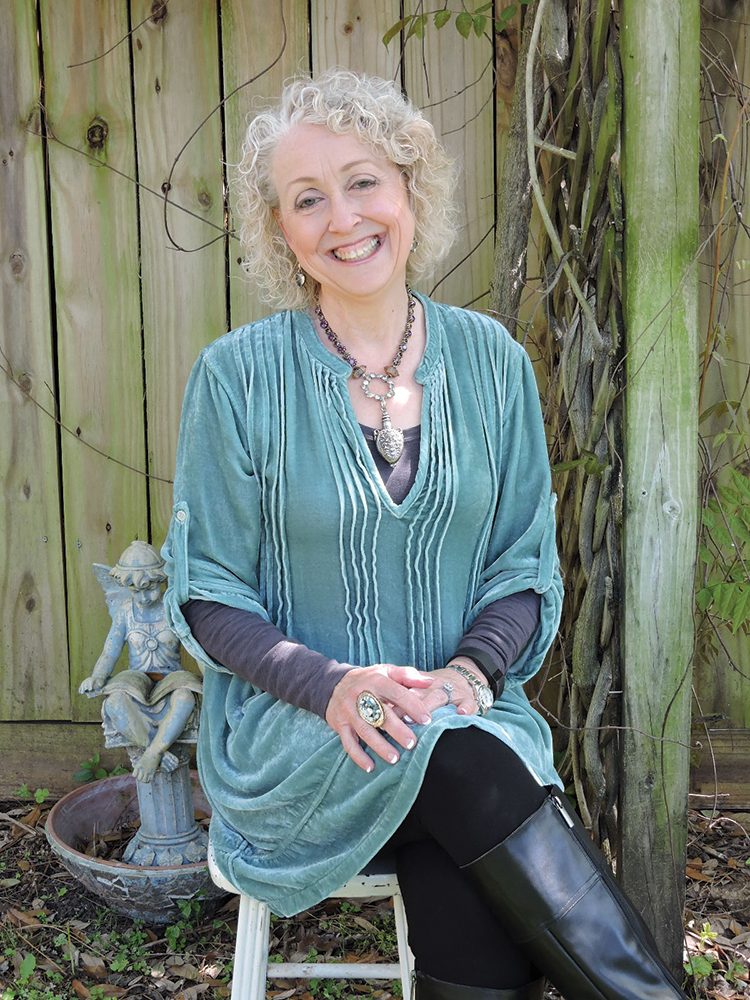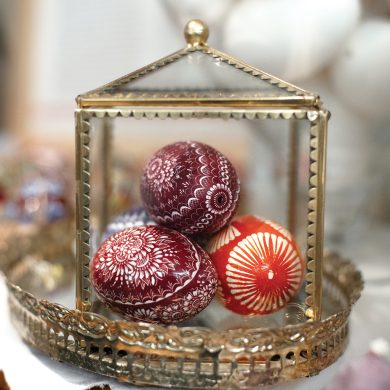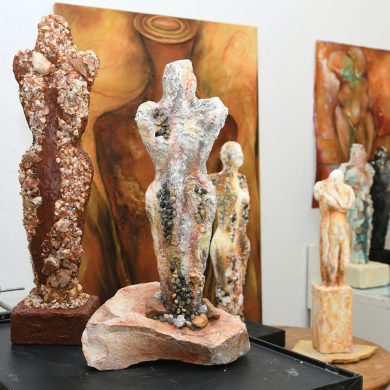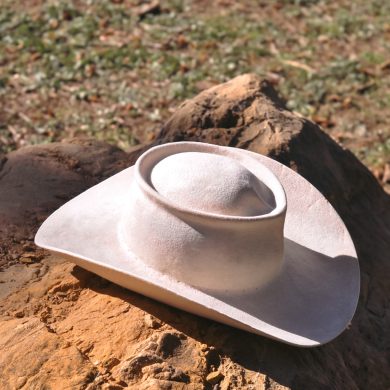I am the second of three girls, born to a stay-at-home mom and a cattle rancher. What you’ve heard regarding the middle child is true. I’ve always been and felt different. I was born in Bellville, Texas. I lived in Brenham (home of Blue Bell Ice Cream) until I was 5. It was then that we moved back to my parents’ hometown of New Ulm, Texas, where my dad took a job as a ranch foreman. I lived on that ranch until I was a freshman in high school, when we moved onto my grandparents’ original homestead just outside of town. I lived in New Ulm until I graduated from high school.

It looks like you’re out of free articles.
Become a Women Create member to read this full article.
Already a member? Sign in

Monthly Membership
- Unlimited access to the Women Create website
- Monthly Maker Moments livestreams, members-only newsletters and more

Annual Memberships
- Unlimited access to the Women Create website
- Print and digital subscriptions of WHAT Women Create magazine, WHERE Women Create magazine, or both
- Monthly Maker Moments livestreams, members-only newsletters and more







